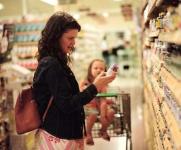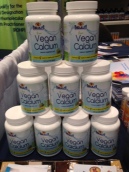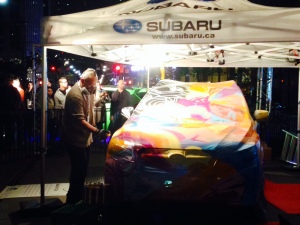 Supplements. They’ve always been around. In recent times they have been more consciously sought than doctor recommended. According to Frost & Sullivan, the market for nutritional supplements in immune health alone is estimated to reach 1.1 billion in 2016.
Supplements. They’ve always been around. In recent times they have been more consciously sought than doctor recommended. According to Frost & Sullivan, the market for nutritional supplements in immune health alone is estimated to reach 1.1 billion in 2016.
I’m reminded of a powerful quote by a former supervisor that stuck with me: “Drug companies have taken the market and exploited it, blown it up to the point where people can’t get through a day without relying on a product. There will come a time they’re on the stands defending their case and when that happens, they’ll make tobacco companies look like choir boys”.
 In this scenario of saturation and heightened consumer awareness, it has become more challenging for brands to defend their existence and differentiate from competition. Some take-aways that might help:
In this scenario of saturation and heightened consumer awareness, it has become more challenging for brands to defend their existence and differentiate from competition. Some take-aways that might help:
Starting young: Healthcare and nutrition have always sparked the interest of a wide and diverse Canadian audience. It’s not just the baby boomers that are intrigued by the subject though; the millennials are now leading the ‘healthcare consumerism’ revolution and have been known to be “supplement-savvy” as this article puts it. Very often, mitigating the guilt of poor dietary choices is behind this trend. What it means for brands: Might be interesting to break traditional category codes in packaging, use consumer-friendly language and state benefits upfront to help the purchase journey. Take a cue from the very successful Vitamin Water.
Wellness is the new healthy: The language of health is transitioning from treatment to prevention. It’s gone beyond just the yoga and smoothie culture, to the consumption of supplements like CoQ10 (for heart health) and probiotics and it has every healthcare giant manufacturing their brand of it in different formats and flavours. No jokes, CoQ10 even comes in a lip balm. What it means for brands: Differentiating is key. It might also be worth considering alternate sampling and retail environments besides the boring drug store.
The rise of the conscientious label-reading consumer: Easy access to medical research and an interest in taking control of their health has led to consumers being more informed, conscious and aware of what they choose to ingest. What it means for brands: You can be sure when scouring the drug-store aisles, your consumer is not just picking up the first multi-v bottle they see – he or she is turning it over to see if it’s organic, vegan, gluten-free, non GMO. During my recent stint with Innovite Health, I was asked a bunch of these questions when sampling product at the Cardiac Health Association’s Walk of Life event. Naturally sourced is also a huge draw.
While the supplement-taking market continues to grow, there is still a sizeable, healthy population that does not rely on any simply because they haven’t found the need for it or require further guidance. There’s an opportunity here for brands to educate and inform this untapped market.
The supplement shelf is vast and cluttered and there continues to be a need for brands to disrupt category norms, innovate through technology and simplify the decision process – through both online and brick and mortar channels.
So, how are you picking out your supplements?




